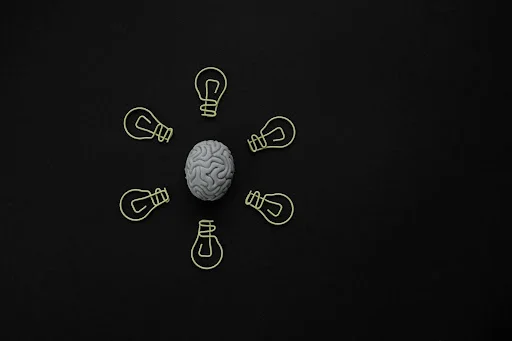Neuroscience is rapidly evolving thanks to powerful new tools that allow us to study brain activity outside traditional labs.
Where once research was locked behind bulky machines, today’s innovations are putting neurotech into the hands of researchers, clinicians, and even everyday users. Innovations like the BrainAccess EEG headband are redefining what a brain wave monitor can achieve, bridging the gap between advanced research and real-world applications.
The Shift Toward Wearable Neurotechnology
For much of the 20th century, brain monitoring required massive, expensive equipment run by specialists in labs. The size and complexity of early EEG or MRI machines meant only elite institutions could conduct studies. Today, compact, comfortable devices enable monitoring outside traditional spaces. Wearable headbands and sensors track focus, stress, or cognitive load in real time. Applications span wellness tracking, neurofeedback therapy, and experimental brain-computer interfaces that point toward a new frontier in human-machine interaction.
Exploring Methods of Brain Activity Measurement
Behind the sleek new devices lies the science of capturing brain signals. Researchers rely on a range of brain activity measurement techniques, from EEG to fMRI and MEG. But the question remains: how do you measure brain activity most effectively? EEG provides real-time insights but with limited spatial precision. fMRI offers detailed maps of active brain regions, though it is costly and slow. MEG detects magnetic fields from neural activity, yielding specialised data. Next-gen devices aim to make these techniques more adaptable, scalable, and affordable.
Why Accessibility Matters
The most far-reaching consequence of wearables might be making neuroscience more democratic. Neurotech could make brain data something that doesn’t require a multimillion-dollar research budget, but rather allows students, startups, small labs, and even their users, to track it. In health, cheaper EEGs may democratise mental health monitoring, accelerate recovery for stroke victims, or uncover preventable neurodegenerative diseases. For individuals, neurotech is entering the health and productivity toolkit, you can wear a headband to focus, meditate, or let it guide your video game character. Democratisation is not only about who can study brain data; it also defines how we, as a society, engage with brain health.
In healthcare, these devices could transform how we track mental health, help stroke survivors recover faster, or spot early signs of diseases like Alzheimer’s. Beyond medicine, neurotech is becoming a part of daily life—think wearing a headband to boost focus, deepen meditation, or even control a video game with your thoughts.
This isn’t just about who gets to study the brain; it’s about empowering everyone to understand and improve their mental well-being. Accessible neurotech is opening doors, making brain health a shared tool for a healthier, more connected future.
Challenges and Ethical Considerations
With great power comes great responsibility. While valuable, the privacy and ethics of brain data need to be carefully considered. Transparency, encryption for data security and privacy, and proper information handling will all be crucial.
Making sure that the benefits and limitations of brain-computer interfaces are properly communicated is also important to prevent hype. When wearables are an inherently powerful tool, overpromising risks losing credibility with other stakeholders in the long run. The regulatory environment is still nascent, and matching innovation speed with regulatory speed will certainly be a challenge at present.
The Future of Brain Monitoring
The future of brain monitoring is multimodal – combining EEG with other techniques to provide richer insights. Machine learning will be able to detect specific patterns undetectable by humans, providing further insights into brain activity and enabling us to develop a deeper understanding of the mind. Ultimately, brain monitoring devices might become as widely accessible as fitness trackers, enabling personalized education, healthcare, and well-being.
Conclusion
Next-generation devices are enabling neuroscientists to take brain activity measurement out of the lab and turn it into a wearable, scalable solution accessible to many. The BrainAccess EEG headband and next-generation methods of brain activity measurement indicate an industry shift and their potential to address research & application needs beyond the lab. As the field and device capabilities evolve, brain research is moving beyond the lab and into people’s homes, hospitals, and schools – shedding light on the mind in everyday life.
Adventure awaits your mind—explore more and keep fueling your curiosity today.






